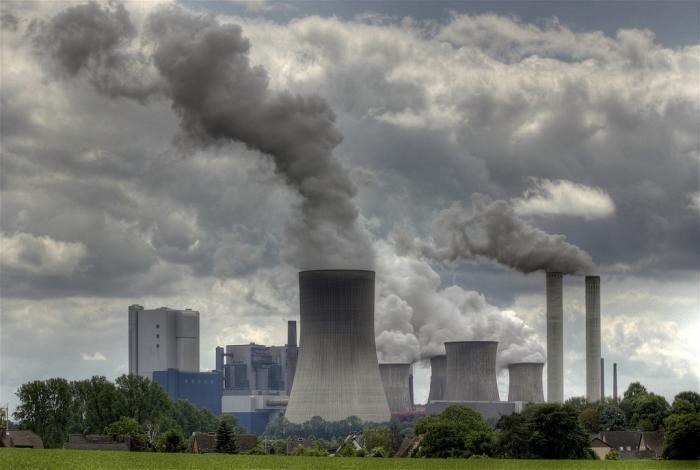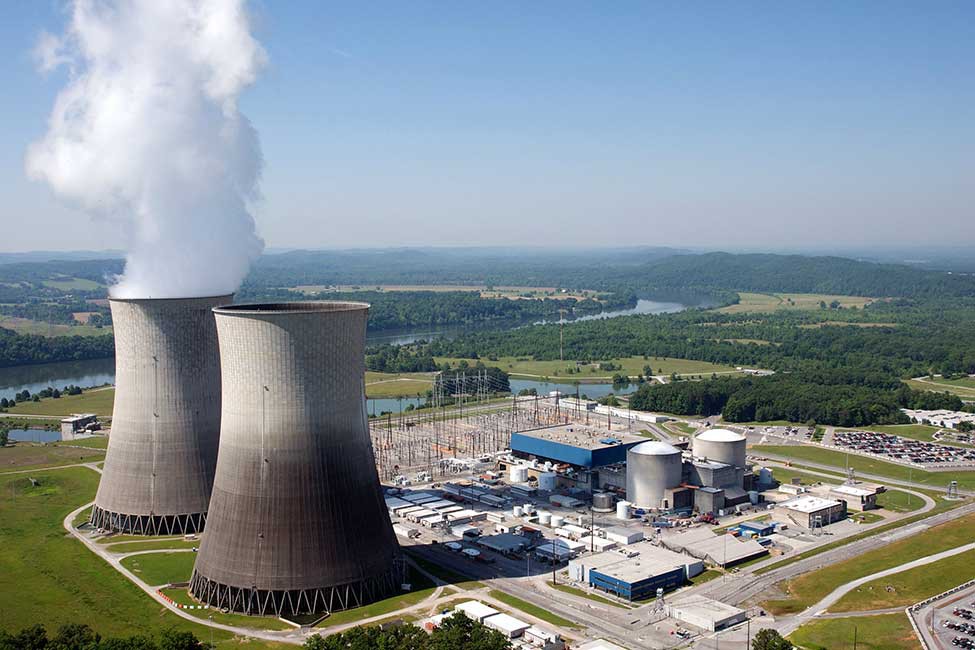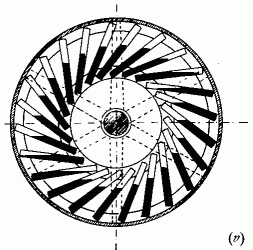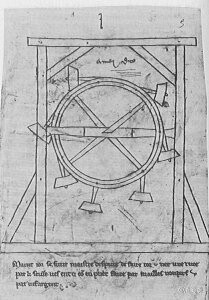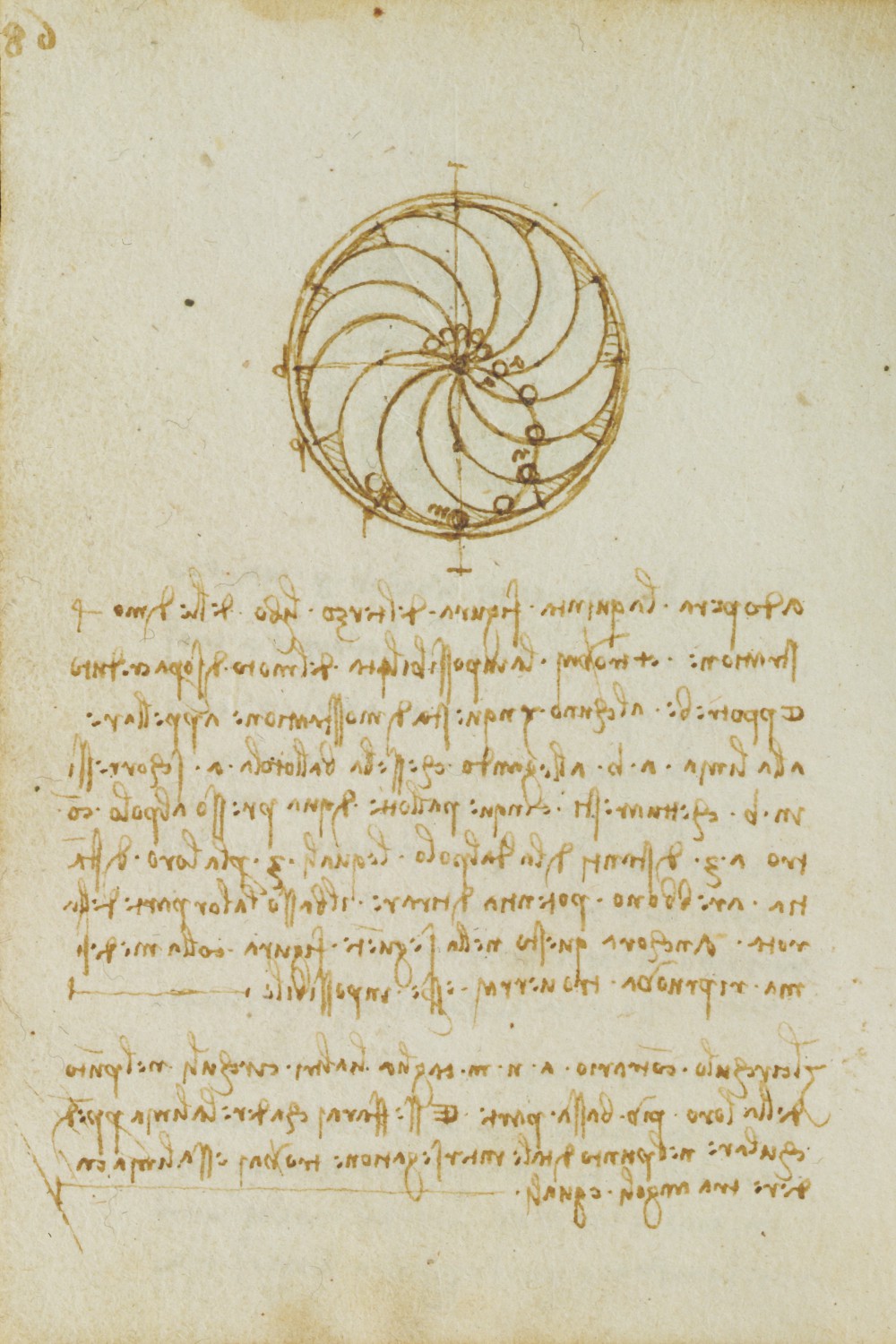-
Licenses
05/30/2016 at 14:00 • 0 commentsEverything will be free, open source, and permissive, of course!
The entire project has and will be designed wholly by me, and released under the MIT license.
-
Sorry dudes
05/27/2016 at 20:18 • 1 commentI've been way more busy than I've expected lately, after unexpectedly having to move, work stuff, and school stuff. Also it's been gorgeous outside and my friends make fun of me if I don't go out and enjoy it.
So this has been taking a long time, but as soon as I get keys for the new place in hand next week, I'll be pulling the trigger on all of the materials I need from China. Should be a month or so after that when they start trickling in.
Fortunately, time is not being wasted! I've been plugging away a few minutes here and there on the mechanical design, and I've got a computer chugging away in the cloud on some calculations that should break this wide open.
Feeling a little guilty about the limited time I've had to spend on this, because people are relying on this! It's pretty important.
-
A Brief Digression On Modern Energy Supply
05/13/2016 at 21:26 • 1 commentGenerally speaking, there are three broad categories of power plants in service today.
You got your coal power. This is the most common source of energy in the world, and also the most harmful. Statistically speaking, you are probably using coal power right now.
![]()
The system works by burning coal to heat up water, and using the steam to move giant pistons. Yes, it's basically a large train engine. The stuff coming out of those stacks there is carbon, and is likely coating the surfaces of everything in a few mile radius, going into the atmosphere, all sorts of nasty stuff.
Then there are the renewable energy plants. For simplicity's sake, I'm lumping geothermal, wind, hydro, and solar power together. These have been pretty slow to adopt, because despite seeming fantastic at first glance, there are significant downsides.
![]()
The most immediate is that they take a relatively long time to pay off. Each geothermal duct, or wind turbine, or solar panel is very expensive given how little power they generate.
They are also very regional. A hydroelectric dam would be pretty ineffective in a Nevada desert, while geothermal ducts are rather difficult to drill into the mountains of Colorado.
On the local level, some of them have a pretty iffy track record on the environmental impacts, too. Wind power generators are known to confuse and kill bats and hawks in the vortices created by the spinning blades. Solar farms have been frying vultures. Hydro electric damns screw up salmon migrations, and have a nasty habit of busting open and taking out entire towns.
The last of the main power plants are nuclear.
![]()
What's interesting about these, is that they're going through a hell of a bad publicity stint lately. Like, the last 30 years lately.
Biases aside, this is actually a really good source of energy. World-saving, even. You see that steam coming from those stacks? Water vapour. Totally harmless, both to the environment and the people around it. Statistically speaking, this is the cleanest, cheapest, and even safest form of energy we have. Modern nuclear power plants shut off safely and cleanly when problems arise, but many of the existing facilities are caught in a kind of Catch 22.
Because nuclear energy is "scary", funding for R&D, upgrades, and even maintenance on existing plants is very scarce. The net effect on this is that facilities are using designs built in the sixties, and when they inevitably fail, even the modern designs get the bad rap. The most frustrating part of all this is that the very people who should support this cause the most - hippy, green, and organic types - are the ones most opposed to it. Again, because nuclear energy is "scary". Because of this pressure, more and more regions are going back to coal energy due to high demand and geography that doesn't allow enough renewable energies to take up the slack.
So obviously that's not going to get better. Nobody is spending millions of dollars on a nuclear energy re-education campaign. So we have to do something better. And that's where I come in.
-
But first, some history
05/02/2016 at 22:39 • 3 commentsThe overbalanced wheel dates back to at least the 12th century, with an Indian mathematician named Bhāskara. A brilliant academic, and far ahead of his time, there is some evidence that he beat Leibniz and Newton to some of the principles of differential calculus by over 500 years.
Other than his contributions to mathematics and astronomy, his theory was that by using angled containers full of mercury attached to a wheel, he could push the centre of mass further away from the hub on one side only, like so:
![]()
This is absurd, of course. The idea that mercury somehow imbues the vials with some property that ordinary water couldn't satisfy is pure archaic superstition. We're all scientists, here.
Around the mid-13th century, a new design started appearing in Europe:
![]()
This is from the portfolio of Villard de Honnecourt, a mysterious figure from France who is kind of a Leonardo da Vinci, before da Vinci. He has designed water-powered woodsaws, trebuchets, and automata - basically early versions of modern assembly-line robots.
His overbalanced mallets are intended to shift mass as they crest the top of the wheel. Ironically, the moment of the swinging hammer pushes the wheel in the opposing direction of movement, thus negating any potential gains.
Various themes on the above designs floated around for another three hundred years, and then we get to good old Leo himself. da Vinci brought a characteristic elegance to the design, removing the error prone liquid vials and clunky moving parts.
![]()
So this is what I'll be building on. The idea is good, execution is poor, but he didn't have the tools available to us now :>
 Jarrett
Jarrett